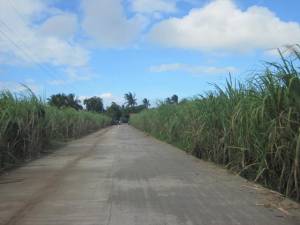For a brief overview of the GBR (Grameen Bank Replication) methodology and its use by NWTF/Project Dungganon, see here.
Microfinance institutions (MFIs) are often affiliated with larger networks, which help to secure funding, offer back-office services, and provide an operations model. These organizations – Grameen Foundation, FINCA, Accion International, and World Vision, to name a few – partner with MFIs across the world to replicate the model, be it village banking, the Grameen model, or another. These networks span countries and continents, and operate as umbrella organizations for the global microfinance community.
Negros Women for Tomorrow Foundation (NWTF) is affiliated with Grameen Bank. Its founder, president, and CEO, Dr. Cecilia del Castillo, received her doctorate in psychology in the United States before returning to the Philippines to create an NGO that would serve women in her native island of Negros Occidental. A meeting with Muhammad Yunus convinced her to found NWTF in 1984, with the goal to “help women achieve self-sufficiency and self-reliance, particularly in Negros Occidental’s low-income and depressed urban and rural communities.” In 1989, NWTF introduced Project Dungganon (“honorable”) and Dungganon Bank Inc., NWTF’s traditional microcredit lending program, which most people associate with microfinance. (In reality, microfinance describes a much larger suite of financial services, including savings accounts, insurance, and rural energy delivery, capital equipment assistance, and personal loans, but that is for another post). Continue reading



